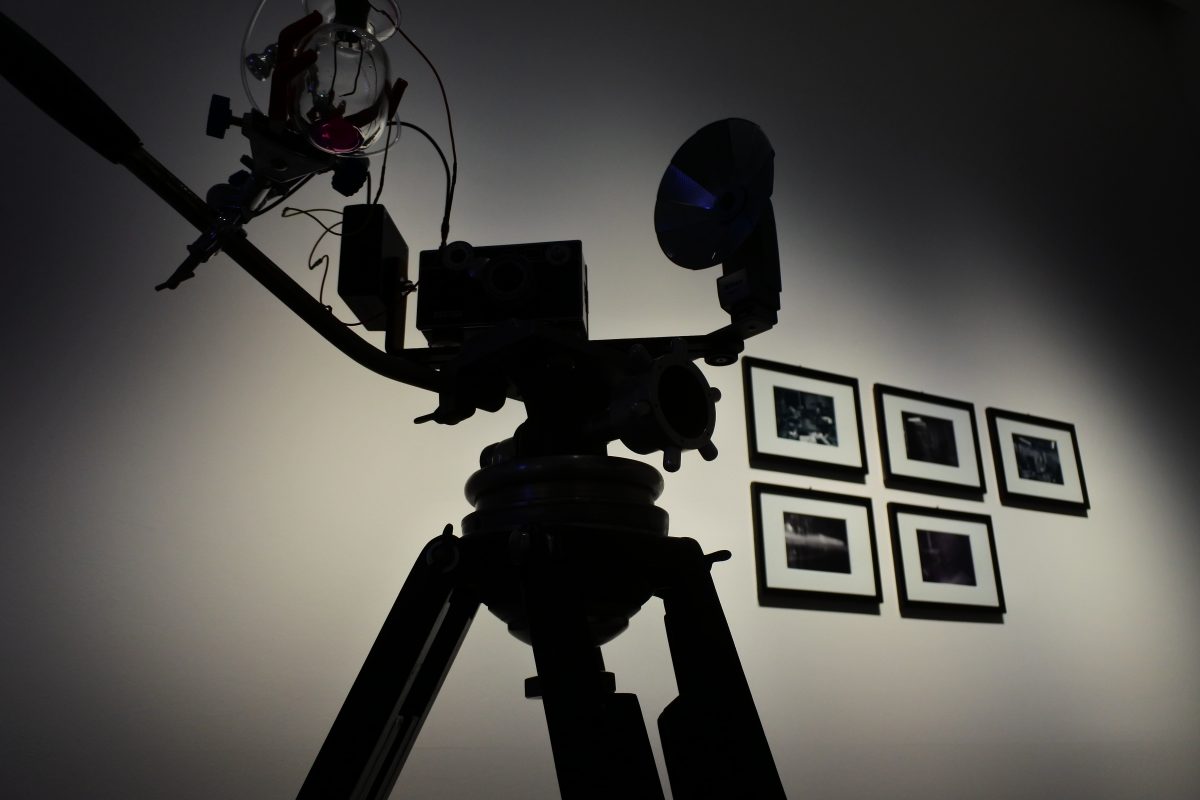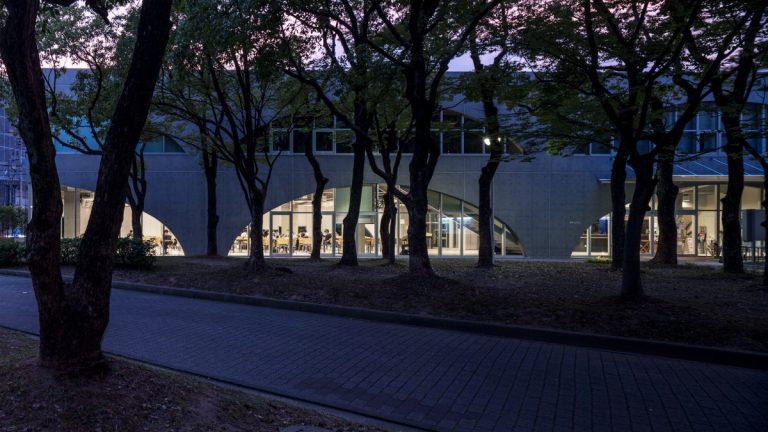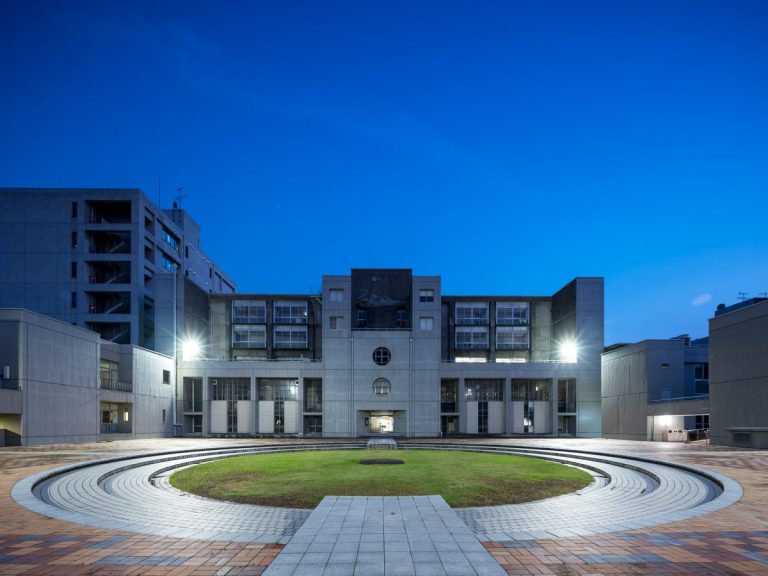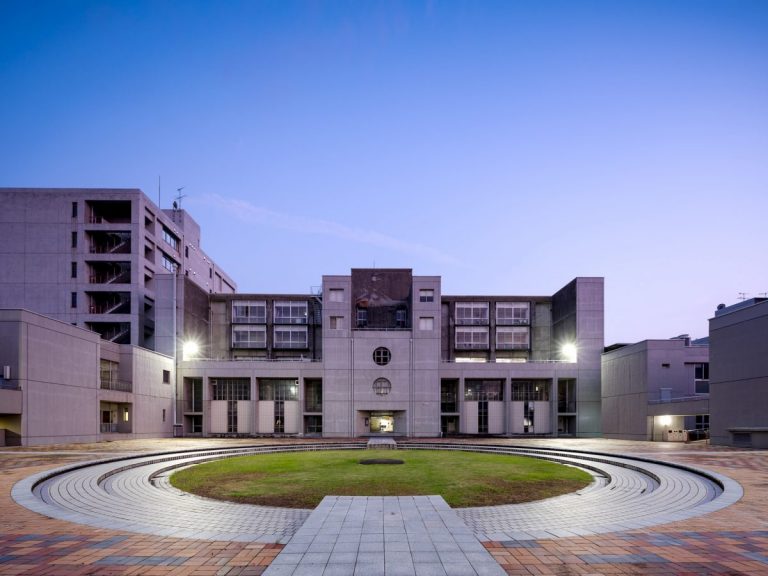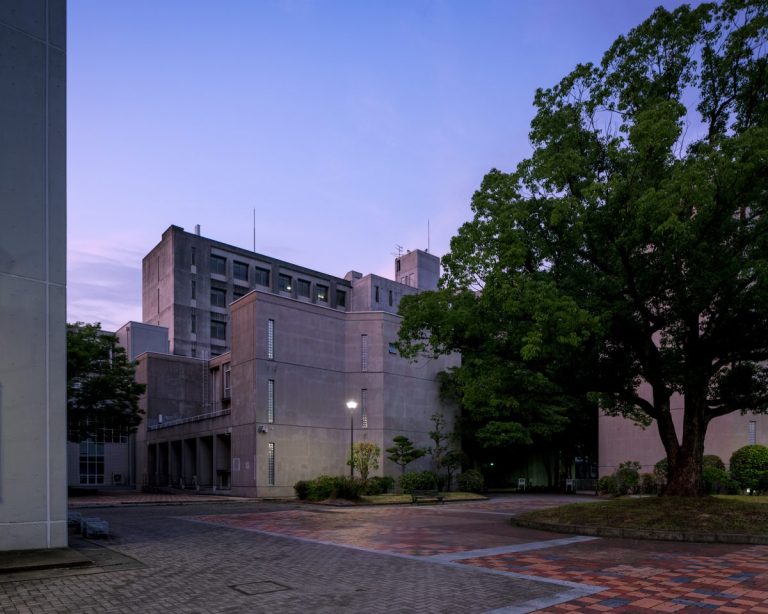The 16th Study of Design Fundamentals Seminar: "Post-Speculative Biologies"
Friday, November 20th, 2020
Kyushu University Faculty of Design explores the fundamental methodology of design for integrating a wide range of designs. For the 16th online seminar, titled “Post-Speculative Biologies”, bio-artist Mr. Georg Tremmel gave a talk about what roles and responsibilities artists and designers would take with the emergence of biotechnology as a new media in the first decades of the 21st century.
Masuda Nobuhiro, lecturer of Faculty of Design, summarizes the main arguments of the seminar.
Regarding the title “Post-Speculative Biology,” although each word used is a familiar one, the combination of the words causes a sense of discomfort to be felt. This will be the starting point of this seminar review. Recently, because the adjective “speculative” has become connected with design, it has been attracting attention as a future-oriented (intellectually or financially) practices. Here, however, what follows this adjective is not design or philosophy. Rather, it is “biology,” the discipline which elucidates the vital activities of life through rigorous procedures in laboratories. In addition, even more complicated, the word “post,” which means “after,” is used as a prefix. What kind of future awaits a form of biology that is speculative? The talk given by Mr. Georg Tremmel provided thoroughly intriguing answers to these questions.
In general, speculative design takes a critical stance against the design practices that have centred around the significance to and the objectives of the users: humans. It is a problem-raising practice that aims for a sustainable future and that cannot necessarily be reduced to just usefulness. In recent years, a work Anthony Dunne and Fiona Raby published while at the Royal College of Art (RCA) in the United Kingdom, the epicentre of this movement, has become widely known in Japan through a translation (Speculative Everything, 2013 translated in Japanese as SUPEKYURATHIVE DEZAIN, BNN, 2016). An illustration in this work depicts timelines that radiate outward from the present and point to four futures starting with the letter “p”: possible, plausible, probable, and preferable future(s). To explore the preferable future, the authors ask the following question: “[C]ould design help people participate more actively as citizen-consumers? And if so, how? ” (ibid., p. 6[30]).
Mr. Tremme, who had studied interactive design at the RCA around the same time with the work by Dunne and Raby, examined “Types of Futures,” a figure that political scientists Clement Bezold and Trevor Hancock submitted to a WHO publication in 1994, and which is served as the source of the prospective futures of Dunne and Raby. And he discovered that there were items that had been erased from Bezold and Hancock’s figure. To be more specific, the scattered dots labelled “Wildcard” located inside the four futures had been erased. Wildcard means “it is unknown what will happen” or “anything goes.” Mr. Tremmel poses us the question: “Presenting wildcards: is it exactly the role of the artist?”
The works Mr. Tremmel so far presented, including the ones he did as BCL, an artist unit consisting of himself and Shiho Fukuhara, clearly embodied such an aim. For example, a product launched by SUNTORY, a Japanese beverage manufacturer, is a blue carnation, the development of which involved the use of recombinant DNA technology. Surprised that the manipulability of life was being sold without debate and that it was applied to a purely ornamental merchandise, they attempted to biologically elucidate the genetic modification process of this carnation in their DIY bio lab. For Common Flowers/Flowers Common, one of their most famous works, they sometimes grow cut carnation flowers like horticulturists using empty One Cup Ozeki glasses as planters. At the same time, this is a work that employs reverse engineering-like procedures that illuminate the structure of the recombinant genes by dismantling them in the reverse direction. BCL’s attempt to convert a “special” flower into an “ordinary” flower poses a question related to the issue of the ownership of nature.
At the same time, Mr. Tremmel is aware that the spread of DIY biology and biohacking have such risks as unknowingly benefitting the development of biological weapons (in fact, the FBI held a conference to which it invited biohackers in an attempt to understand their thinking and plans). Resist/Refuse is a joint work with his younger brother. The biological weapon of the Imperial Japanese Army that contained mice infected with virulent bacteria is the inspiration of this solid, three-dimensional work, which is a reconstructed container for the infected mice created using kintsugi (the Japanese art of repairing broken pottery using gold mixed with lacquer). Furthermore, © HeLa: Copyright in Images is a work in which visual images are created “spontaneously” by the culturing HeLa cells, which were isolated from the cancer cells of an African-American woman during the 1950s and which are still being used in experiments without the consent of the woman or her bereaved family (a fact that the first day this work was supposed to be shown in Tokyo turned out to be one of the days the gallery had to be closed due to the coronavirus pandemic seems an ironic event which cannot be a mere coincidence).
Many other projects which Mr. Tremmel introduced shared a certain attitude, one that regards biological materials such as DNA and cells as new media of expression. These biological media were originally “Read-Only” but transformed and became “Read/Write,” represented by the genetic technology such as CRISPR that is still fresh in our mind. He concluded his talk by pointing out that these old and new media are not mere material support but also our milieu surrounding us, and that the significance of these works lies in their ability “to create dilemma or controversy that work like vaccines for our culture.”
Of course, as the Q&A session afterword shows, the following question remains open—in our culture, what are the diseases and infections that need to be prevented through vaccinations? This is an urgent issue of today, which has to contend with not only the coronavirus but with other “infections” as well, such as fake news propagated by information technology. Furthermore, it leads to a re-examination of ethics, prompting the questioning of from where the basis and the right to regard them as diseases derive. For responding to these questions, under the name of “post speculative biology”, not only looking toward a bright future, but reviewing critically the dark pasts must be a significant procedure.
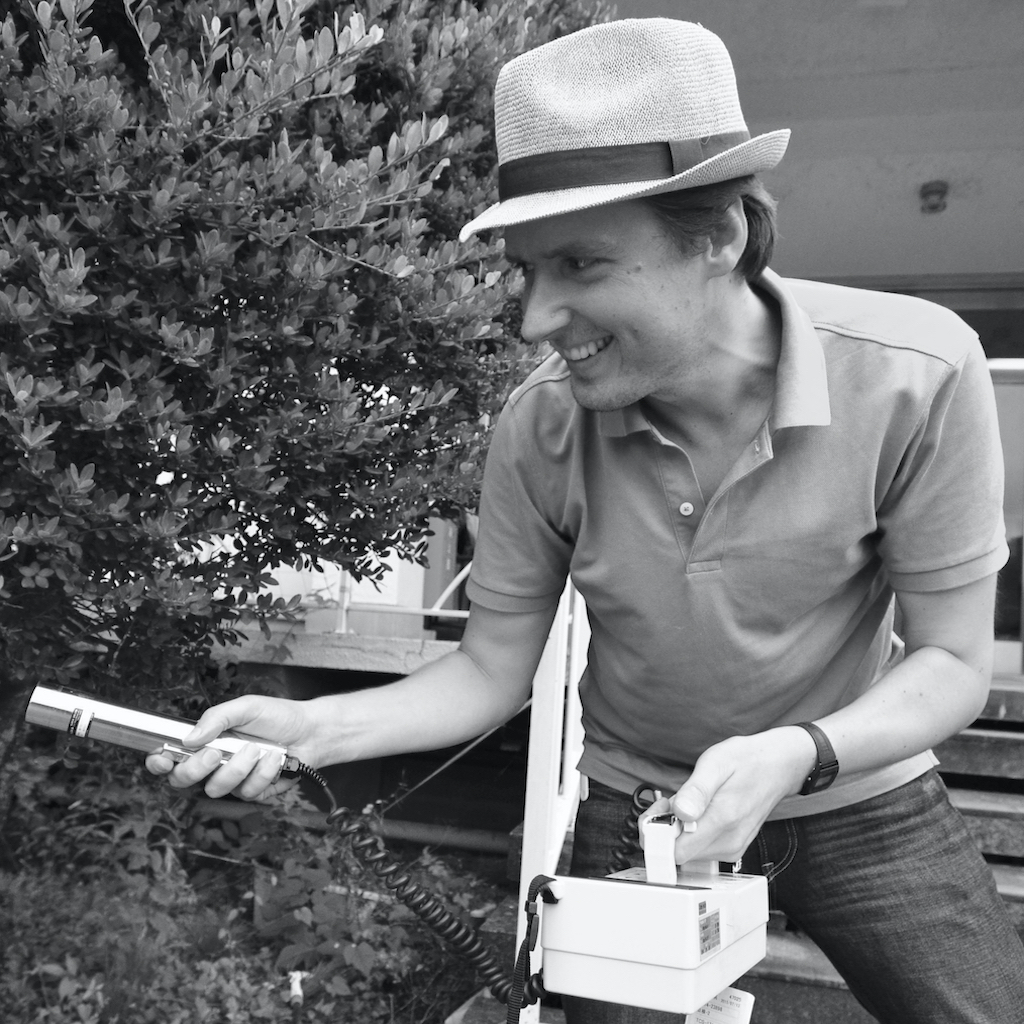
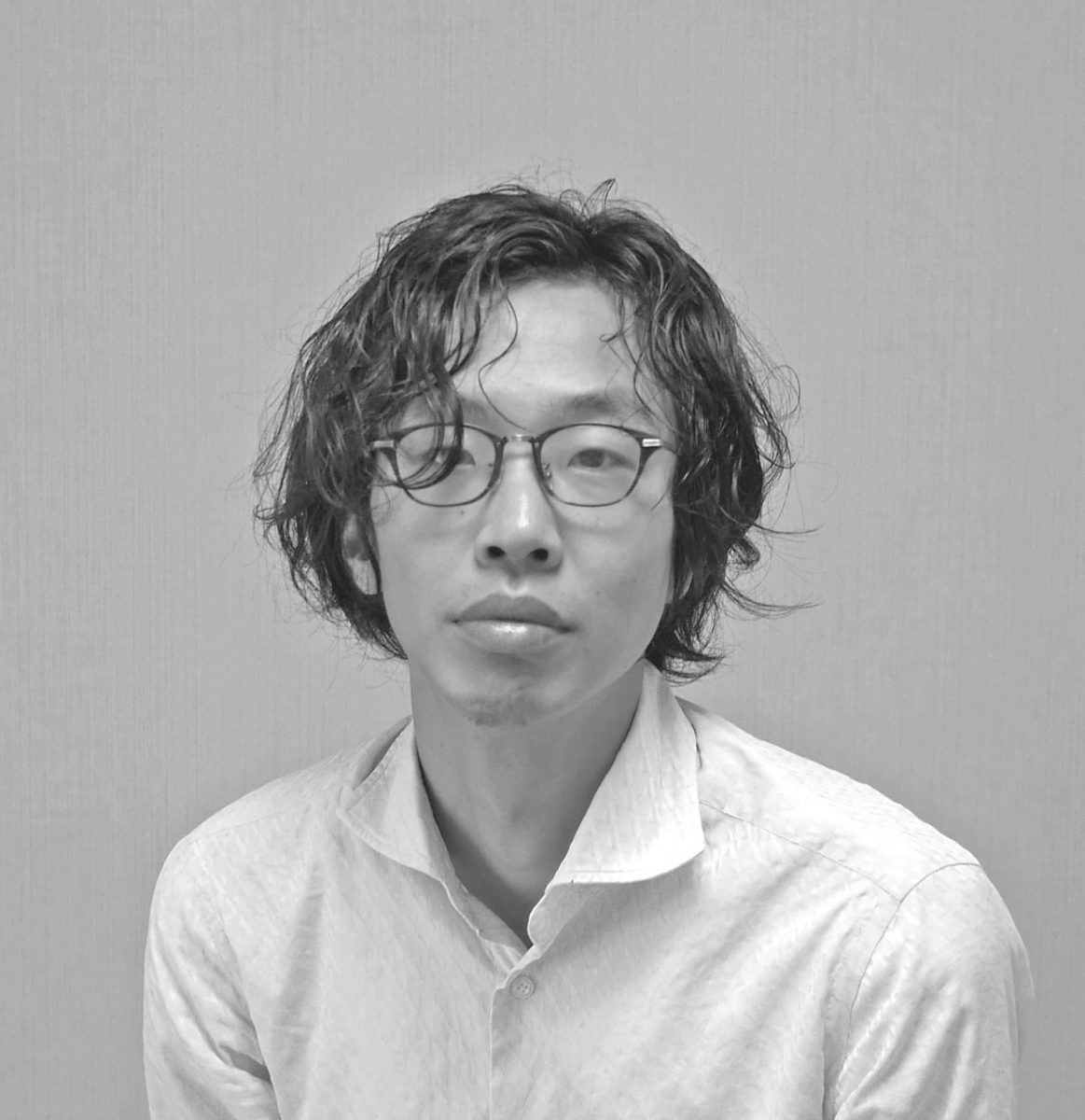
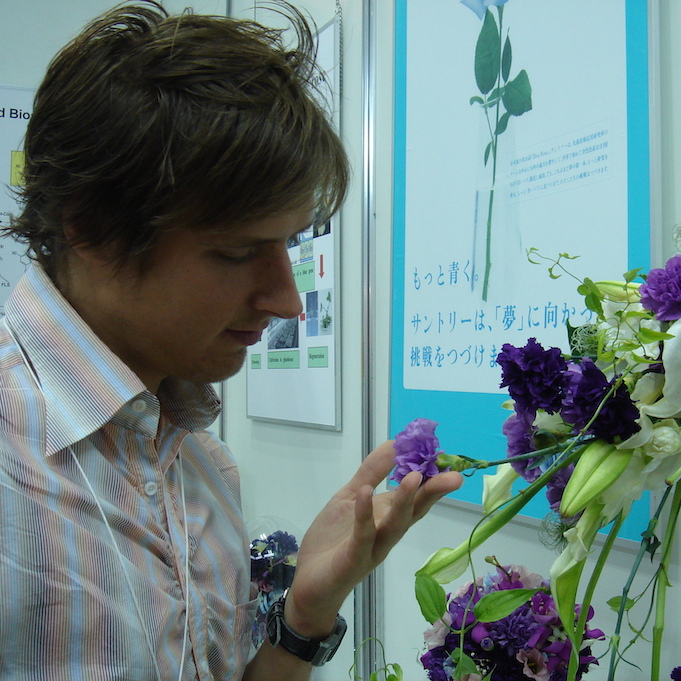
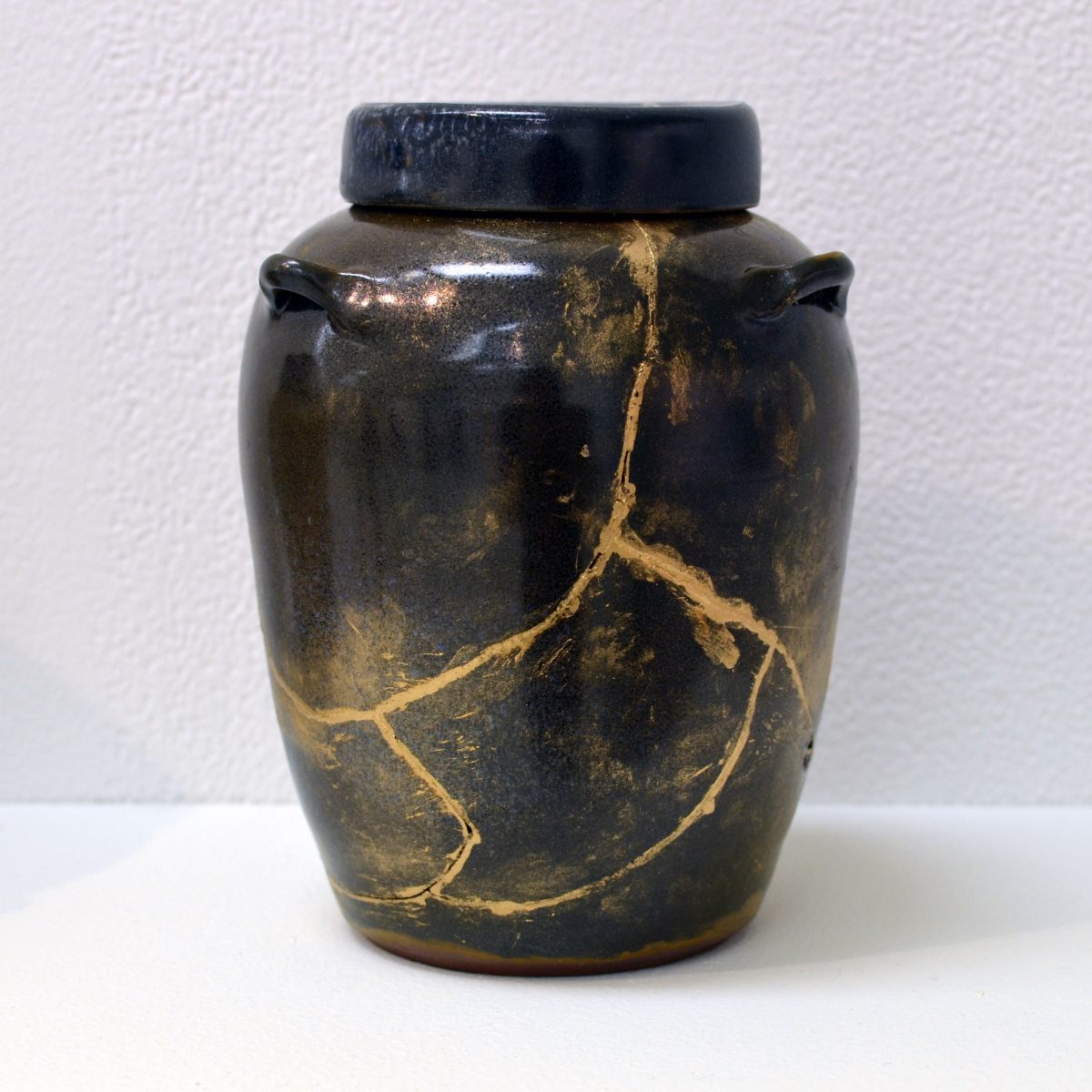
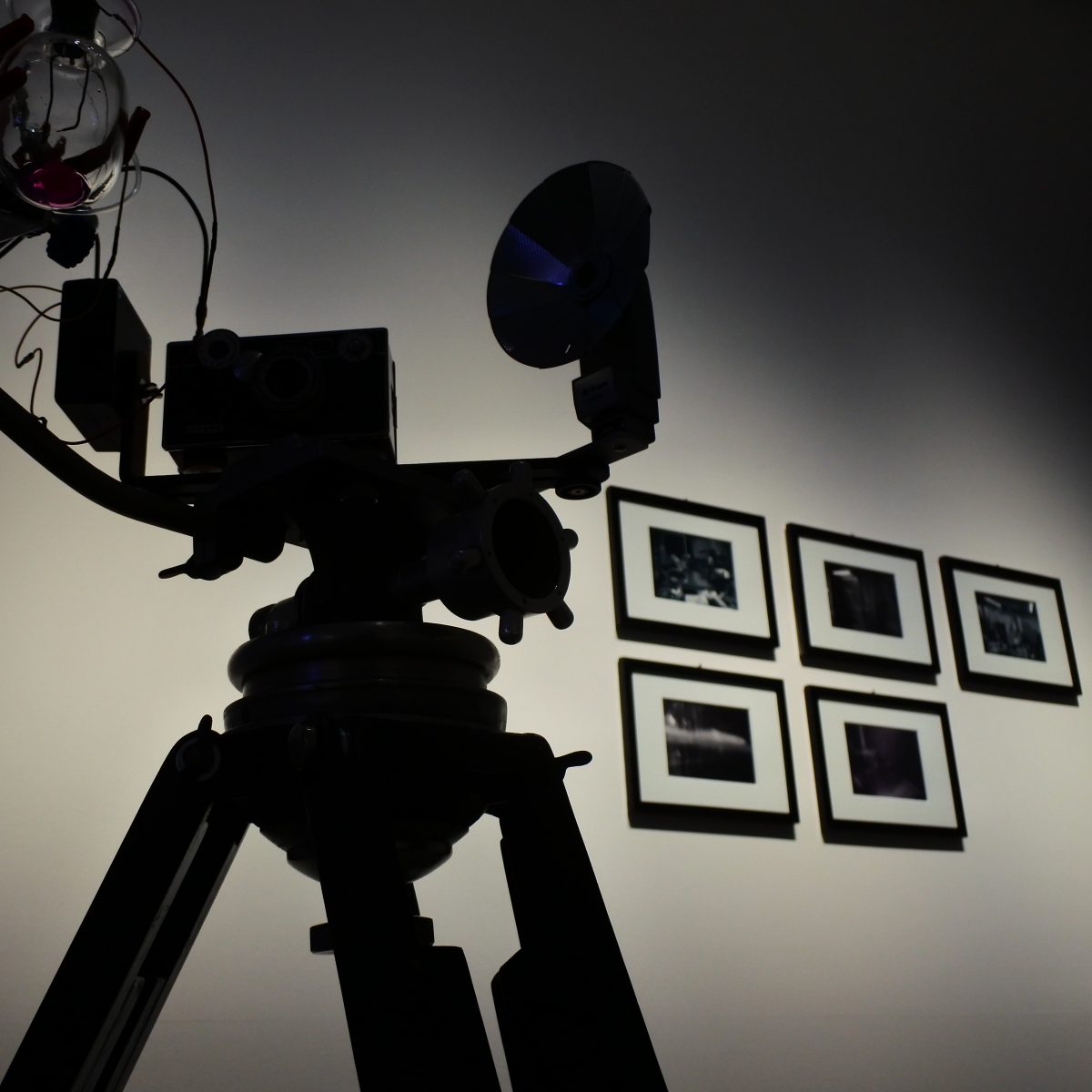
Date
Friday, November 20th, 2020: Open at 16:00 pm, performance starts at 16:30 pm.
Venue
Online
Contact
Professor Toru Koga, Design Fundamental Studies Seminar Office, Kyushu University, Faculty of Design
designfundamentalseminar@gmail.com
Member
-
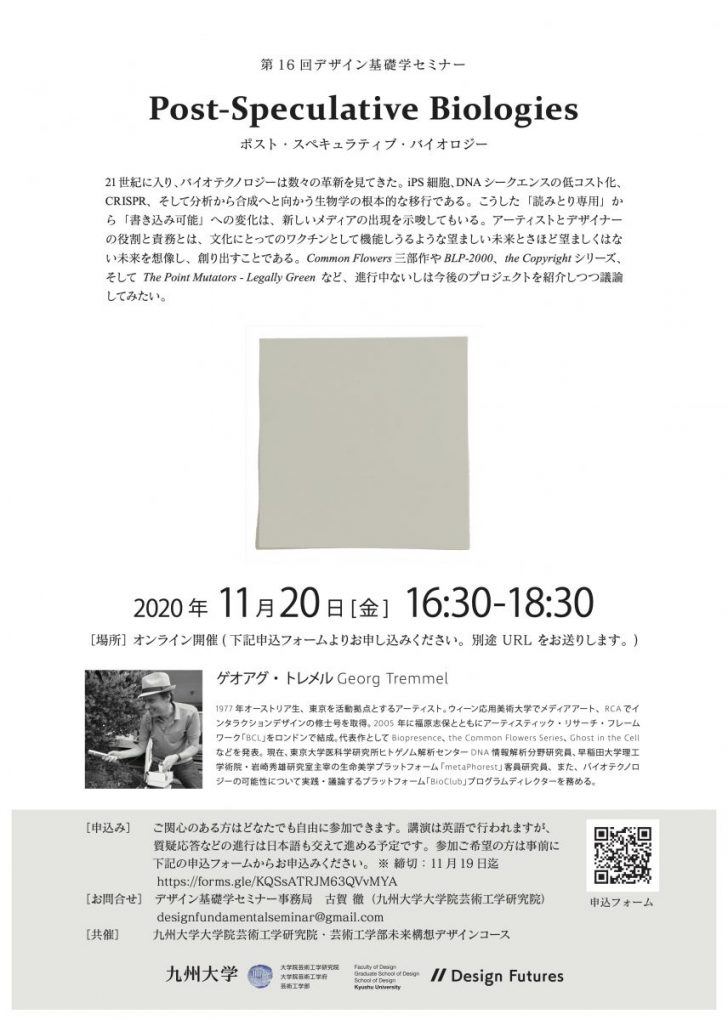 the 16th seminar poster
閉じる
the 16th seminar poster
閉じる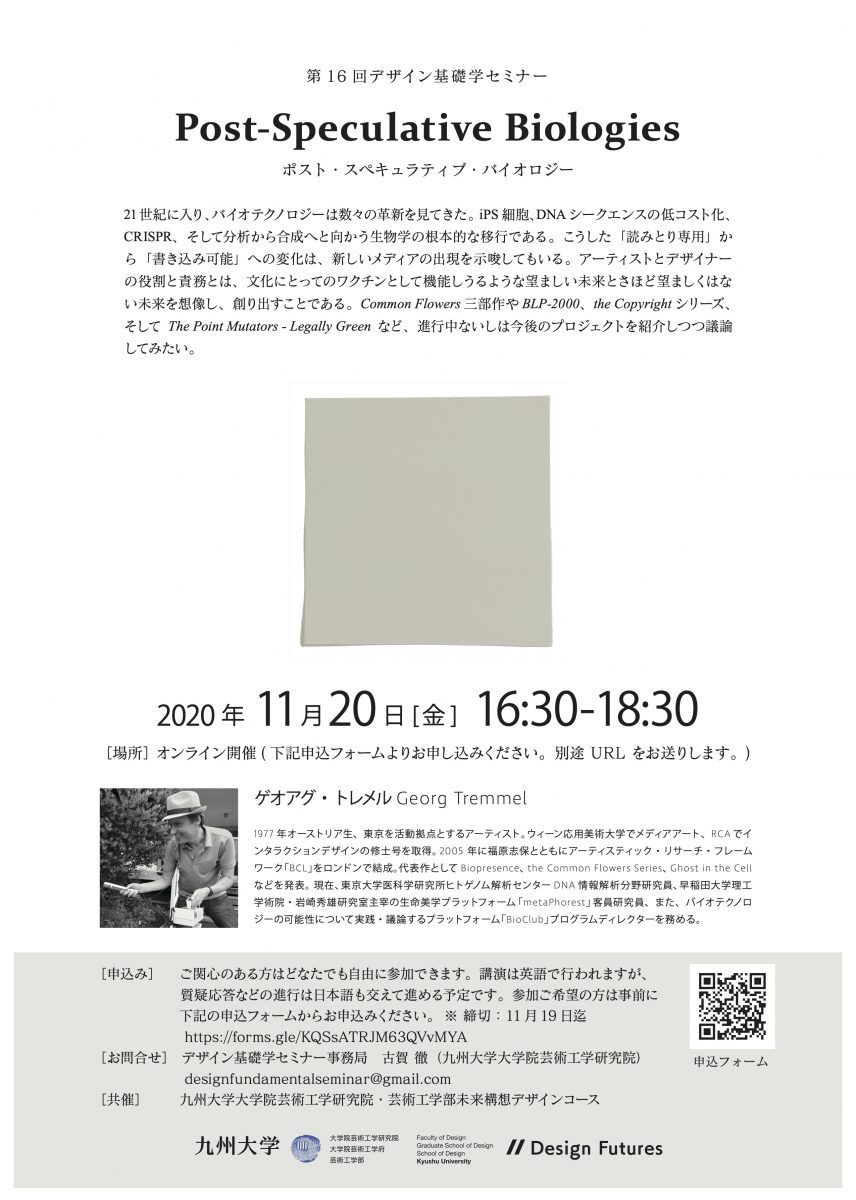
the 16th seminar poster
![九州大学イノベーションデザインネクスト[KID NEXT]](https://www.kidnext.design.kyushu-u.ac.jp/wp-content/themes/kidnext/img/logo_header.png)
